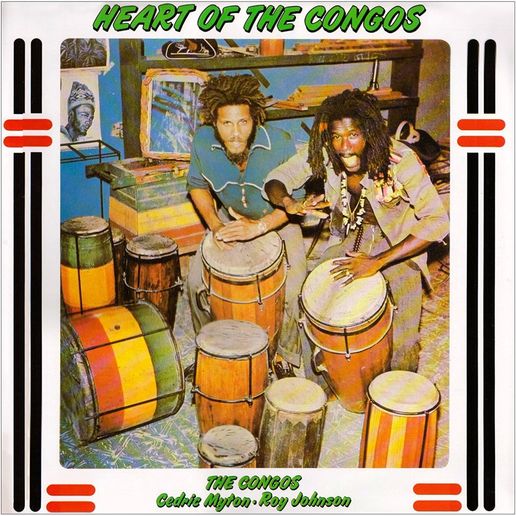”There is no transgression like hatred,
And no fortitude like patience.
Thus I should strive in various ways
To meditate on patience.
Bodhicharyāvatāra
Heart of the Congos
Mouths to Speak, No Ears to Listen

from “Voice For The Voiceless: Over Seven Decades of Struggle With China For My Land And My People” by His Holiness The Dalai Lama herein Introduction, abridged:
[My] principal commitment, the duty of protecting Tibet and its people as well as our culture, is in addition to the other commitments that I have taken on as part of my life’s mission, including promoting fundamental human values based on a universal or secular approach to ethics, fostering interreligious understanding and harmony, and encouraging a deeper appreciation of India’s ancient wisdom and knowledge.
In the case of Tibet, my first and most intimate charge, has been difficult. I have tried my best, ceaselessly, to make openings for a negotiated settlement with the Chinese Communists, who invaded my country in 1950.
While our goal remains to find a mutually agreeable negotiated solution, that aim would require in the end that the Tibetans and the Chinese sit down together and talk. Until such a negotiated solution is found, we Tibetans who are in the free world have the moral responsibility to continue to speak on behalf of our brothers and sisters inside Tibet. Doing so is neither anti-China nor “splittist.” Indeed, far from splitting, being honest and open is the only way to create the basis on which each side can understand and accommodate the needs of the other. Only when we have created an atmosphere where both sides can speak and negotiate freely can there be a lasting settlement.
China seems to be reverting to the oppressive policies of Mao’s time, but now enforced through state-of-the-art digital technologies of surveillance and control. What we have in China is, in essence, market capitalism tied to a Leninist obsession with state control. This is a fundamental paradox— profoundly unstable because essential to capitalism is the opening up of the economy, which ultimately requires the opening up of society, while the fixation on control at every level by the Party requires the closing of society. These two polar forces are pulling in opposite directions. The question is, how long can this last?
Regardless of how China might look today from the outside, the simple fact remains that the aspiration for greater freedoms has not gone away.
Thanks to Deng Xiaoping’s turn to capitalism and his opening up of China to the outside world [in the 1980s], it is undeniable that today China is a major economic power. And of course, with economic power comes military might and international political influence. How the country exercises these newfound powers over the next decade or two will define its course for the foreseeable future. Will it choose the path of dominance and aggression, both internally and externally? Or will it choose the path of responsibility and embrace a constructive leading role on the world stage in meeting the collective challenges of humanity, such as peace, climate change, and the alleviation of poverty? Today, China stands at a crossroads. That it chooses the latter path is in the interest not only of the whole world but of the Chinese people themselves. In essence, this is a matter of the very heart of China as a country and its people. Here, I believe that resolving the long-standing problem of Tibet through dialogue would be a powerful signal, both to its own people and to the world, that China is choosing the second of these two paths. What is required on the part of their leadership are long-term vision, courage, and magnanimity.
For I-ver More
From “The Psalms“
King James Version of the “Holy Bible“
A Psalm of David
“Psalm 23“
THE LORD is my shepherd; I shall not want.
- He maketh me to lie down in green pastures: he leadeth me beside the still waters.
- He restoreth my soul: he leadeth me in the paths of righteousness for his name’s sake.
- Yea, though I walk through the valley of the shadow of death, I will fear no evil: for thou art with me; thy rod and thy staff they comfort me.
- Thou preparest a table before me in the presence of mine enemies: thou anointest my head with oil; my cup runneth over.
- Surely goodness and mercy shall follow me all the days of my life: and I will dwell in the house of the LORD for ever.
Ghost Rain
In Relief
Respira el Momento
“In the end, tagging my name not only underscored that “I did exist” in a town that didn’t value or even consider my existence, but that I existed outside of my very own masterpieces.” -Lee
Ode To Juno
Track: Symphony No. 41 (the Jupiter Symphony) in C major, K. 551, Movement Andante cantabile, 3/4 in F major. By Wolfgang Amadeus Mozart
Birth and Death Selfsame
Audio: Forest Whitaker reads from the Samurai Code, “Ghost Dog” (OST )
Track: Explosions in the Sky, “The Birth and Death of the Day.” “All of a sudden I Miss Everyone”
Plausible Deniability
Audio: Neil deGrasse Tyson from “Cosmos” season 1. Ep. 12 “The World Set Free”
Track: “Do as Thou Will.” “Only God Forgives” (OST). Cliff Martinez

